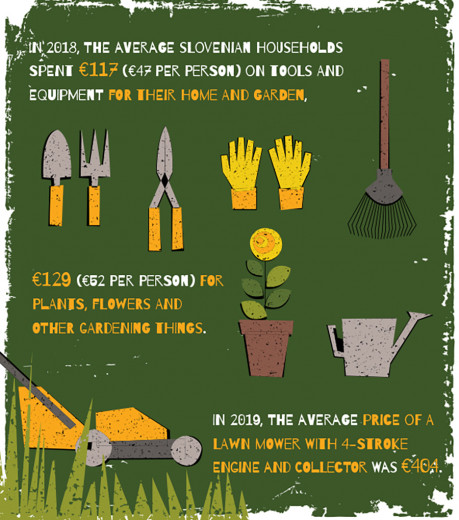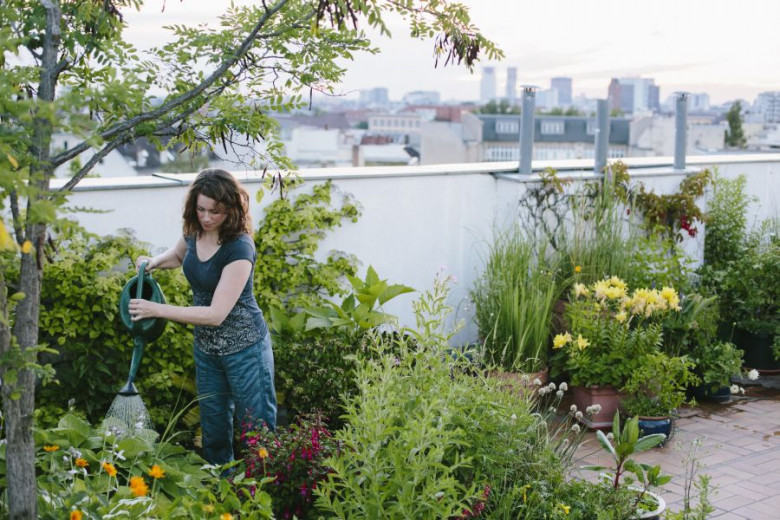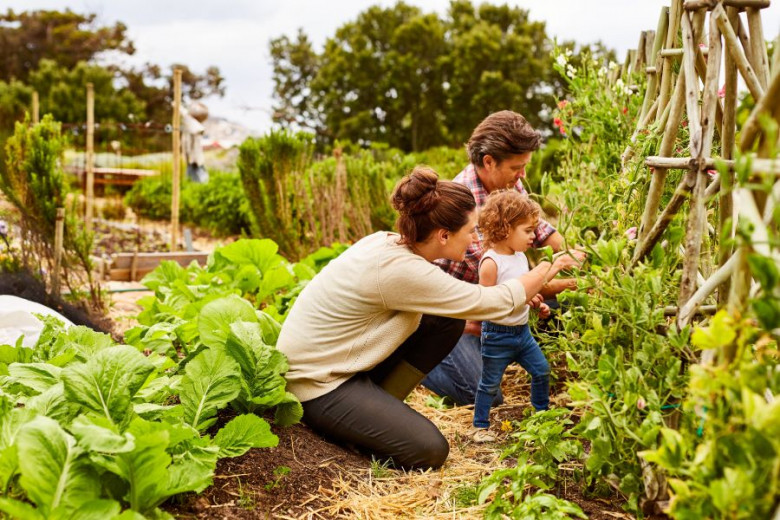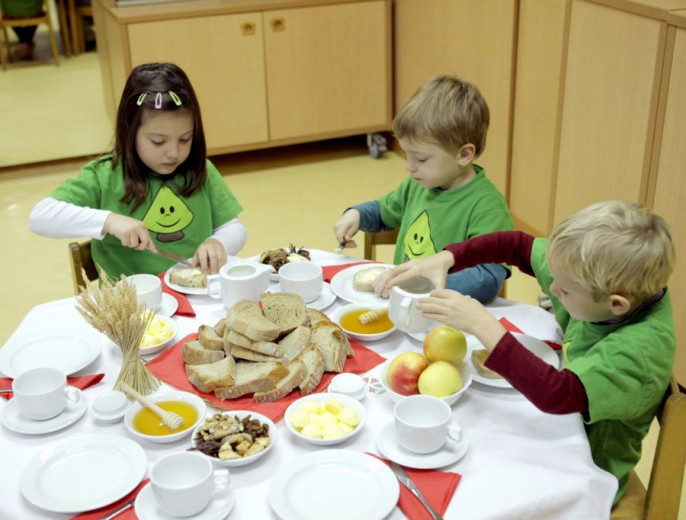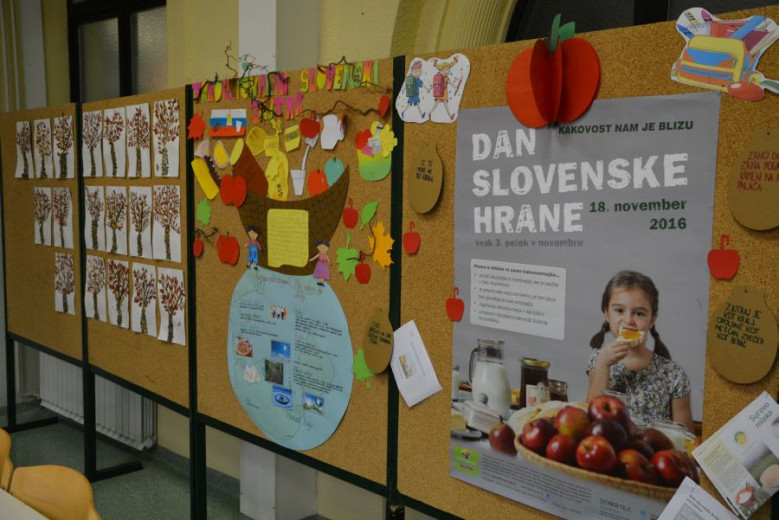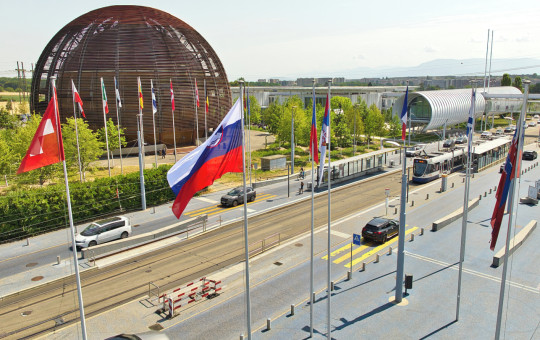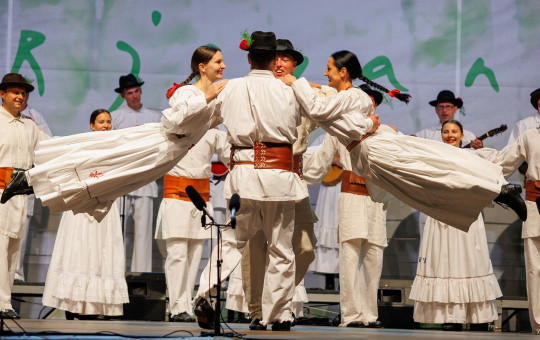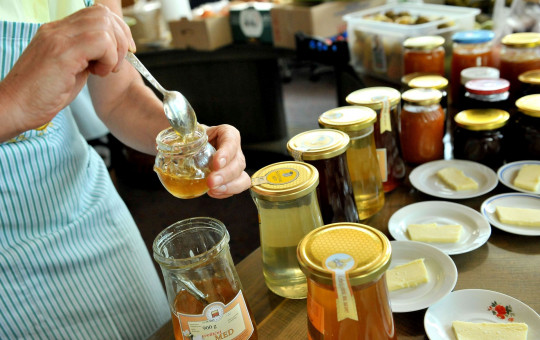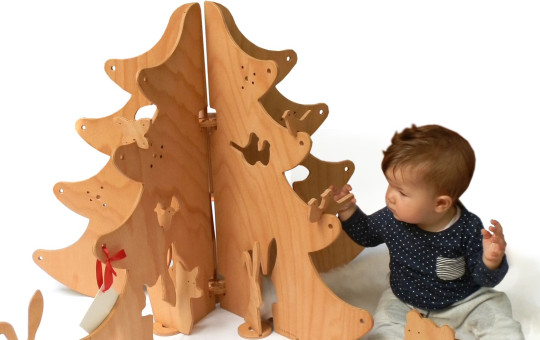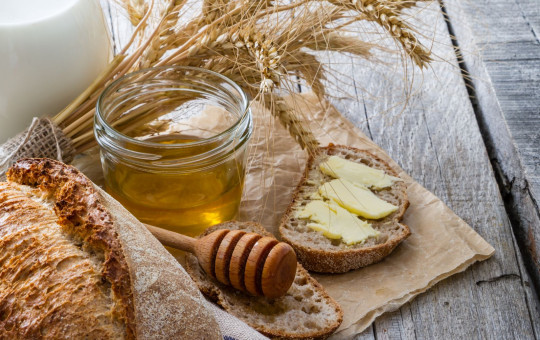Without a doubt, the autochthonous and domesticated varieties of vegetables and crops represent a treasure that every country must protect and preserve. Slovenians have always had a feeling for plants and the way they taste, and for selecting the right seeds. Seeds are the gifts of our ancestors. Seeds are proof of their love, respect and knowledge.
Our ancestors nurtured a special relationship with seeds. They protected them as something invaluable. It is important that the seeds we sow are of autochthonous origin, tested, have a high germination capacity, are fertile, reliable and adaptable to the growing conditions in Slovenia and provide the foundation for healthy eating, cultivation and agriculture in general.
Autochthonous or home-grown seed types originate from an indigenous variety, are not systematically bred and are cultivated, preserved and propagated in Slovenia.
Domesticated or traditional seed types are otherwise of foreign origin, but are well adjusted to Slovenian production conditions and are maintained and produced in Slovenia.
Old traditional and autochthonous types of vegetables have, through evolution, adapted to our climate and living conditions and have thus developed a distinctive taste as well as strengthened resistance to pests and diseases.
-
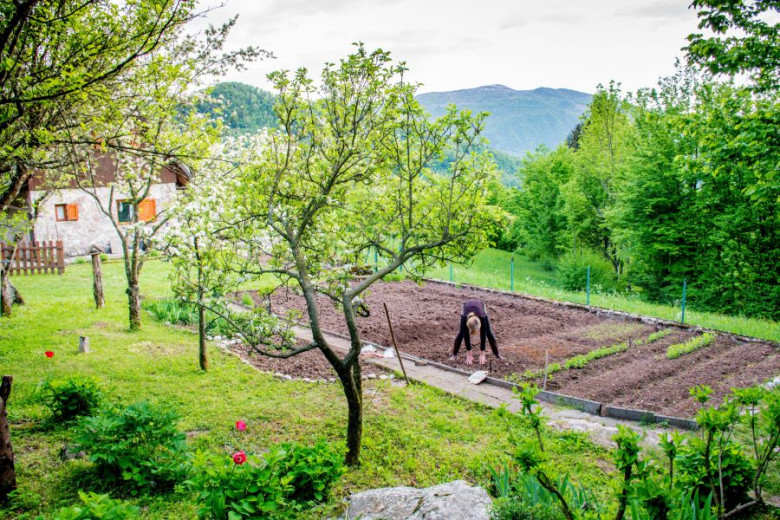
Slovenians love nature. Our country is green and we have grown in this spirit since our young age. Photo: CasarsaGuru-GettyImages/GulliverFilm&Foto
-
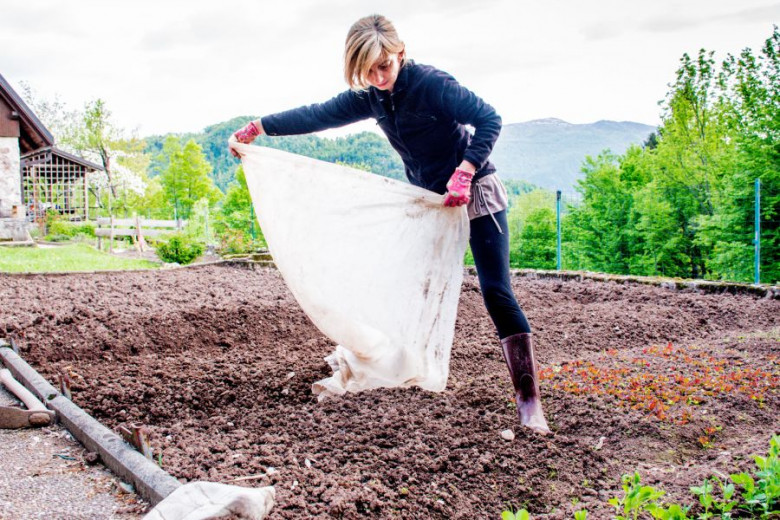
Gardening doesn’t require a perfectly level, large or sunny backyard. Try planting in a small raised bed or growing a few edibles in existing landscaping. Photo: CasarsaGuru-GettyImages/GulliverFilm&Foto
We Slovenians are grateful for our heritage and traditions, which is why gardening is alive and well. Grandmother's garden is still present in children's memories. This also goes for grandmother's tasty jam and home-grown vegetable and beef soup, which is traditionally served on Sundays. Slovenians are truly fond of gardening, even if only in a small garden in one’s front yard.
A pot of herbs on a windowsill in the kitchen or some basic vegetables planted on one’s balcony in a block of flats can almost be considered a decoration in urban housing.
In recent years, gardening and healthy eating have become a trend in Slovenia. Fashion and health now go hand in hand.
Slovenians are most keen on planting lettuce
In Slovenia seeds have been systematically collected for 30 years. Since 1988, Semenarna Ljubljana has kept an archived collection of seeds. All samples are tested at the Ptuj Selection Testing Centre.
In Slovenia, there are still numerous domestic varieties that have a local name and are passed on from generation to generation.
Slovenian autochthonous varieties are presented at an open door day organised every year by Semenarna Ljubljana at the Ptuj Selection Testing Centre. All lovers of gardening are invited to attend this event.
-
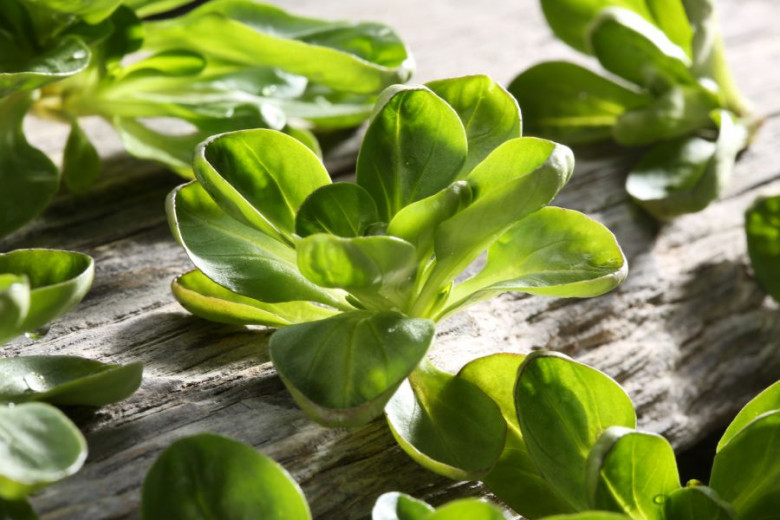
"Žličar" - Corn Salad Its leaves are shaped like a spoon and release a full flavour. An excellent winter survivor, it is a 'cut and come again' lettuce – with a long harvest and flowers produced late. Photo: Semenarna Ljubljana, d.o.o. archives
-
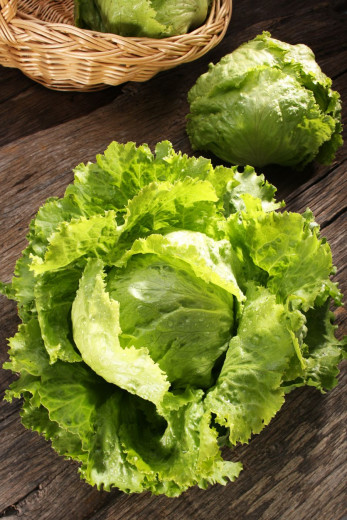
"Leda" Lettuce - a summer iceberg lettuce that tolerates heat well. Its leaves are crispy and fragile. The head is large and compact, very tasty. Photo: Semenarna Ljubljana, d.o.o. archives
-
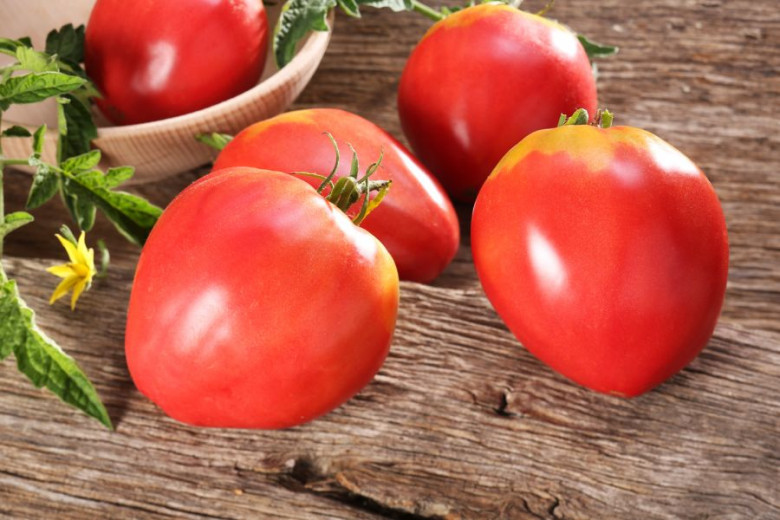
"Val" Tomato - a high-yield and vigorous Slovenian tomato variety. The fruit is heart-shaped, fleshy and shiny red. They are particularly good for sauces as well as salads. Photo: Semenarna Ljubljana, d.o.o. archives
-
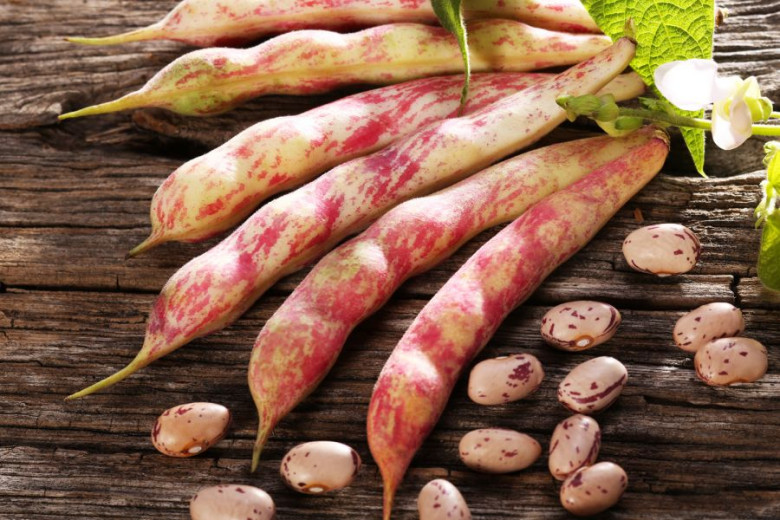
"Jabelski pisanec" - Beans Pole climbing French beans, medium early, of robust growth. Photo: Semenarna Ljubljana, d.o.o archives.
-
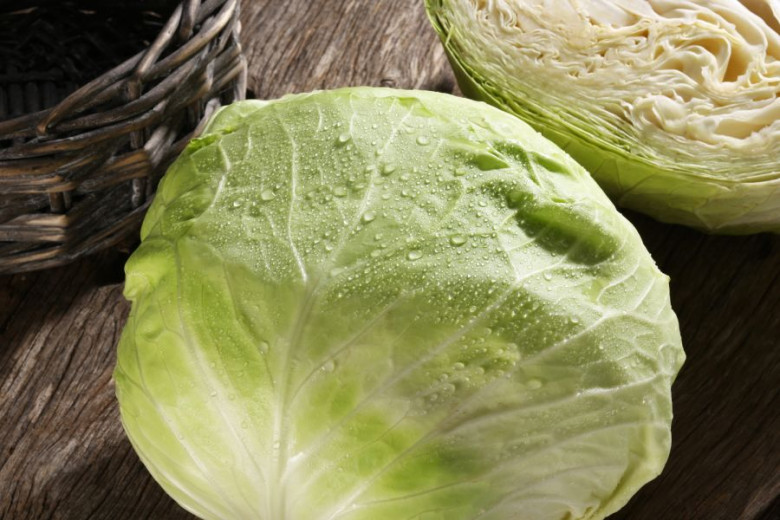
Ljubljana cabbage. Photo: Semenarna Ljubljana, d.o.o. archives
-
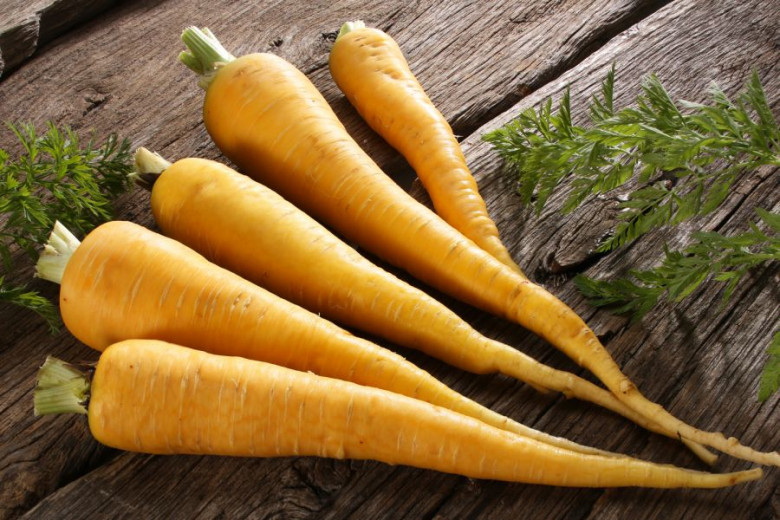
Yellow carrots – "Korenje Ljubljansko rumeno" A large and bright yellow carrot root, of late variety, which is excellent for long storage. It is suitable for fresh consumption and animal feed, and provides high nutritional and fodder value. It is not used only as fodder, as it also gives soup an excellent taste. Photo: Semenarna Ljubljana, d.o.o archives
Semenarna Ljubljana can take pride in receiving 40 samples of autochthonous seeds per year. And as they observe, Slovenians’ favourite vegetables are still lettuce, cabbage and beans.
Semenarna Ljubljana offers 33 autochthonous and domesticated varieties of vegetables, 6 varieties of field crops, among them onions, garlic, beans, carrots, corn salad (lamb's lettuce), peppers, tomatoes, turnips, lettuce, cabbage, oilseed pumpkin, buckwheat, alfalfa and oilseed rape.
Native seeds to also be supplied to kindergartens and schools
With a view to promoting Slovenian agriculture, a campaign entitled Let's Plant Autochthonous Slovenian Seeds has been launched in schools by the Ministry of Agriculture, Forestry and Food.
This activity is part of a wider project entitled The Traditional Slovenian Breakfast.
And how did the children garden? After delivering six bags of native seeds to every kindergarten, the children planted the seeds in their gardens or in pots and troughs on windowsills in classrooms.
They observed all the growth stages of planted seeds. In this way, small kids became real biologists and gardeners. When their crops were ready and ripe, they ate them with great pleasure.
-
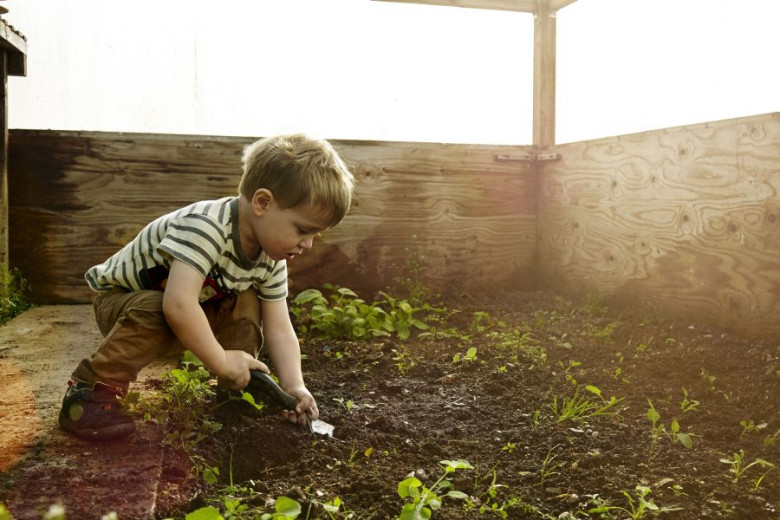
When children participate in gardening, the fruits and vegetables that they are inspired to eat will no doubt have a positive effect on their body. But the act of gardening itself can also promote a healthy body. Photo: EzraBailey-GettyImages/GuliverFilm&Foto
-
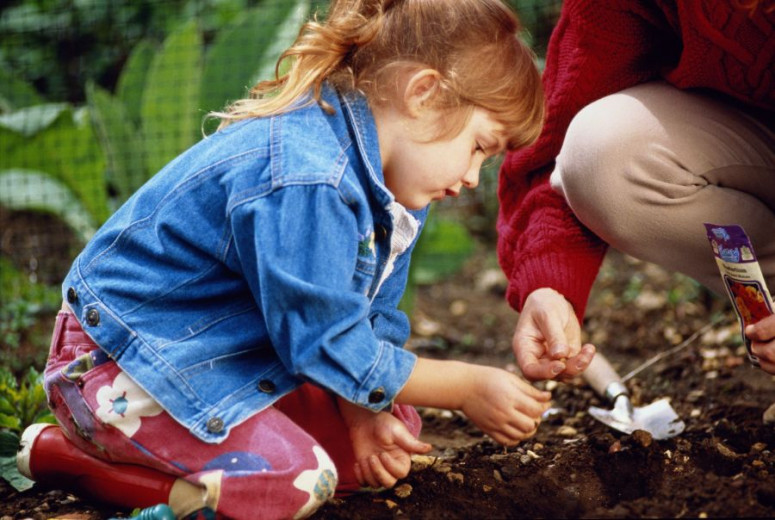
Activities like moving soil, carrying a heavy watering can, digging in the dirt and pushing a wheelbarrow can promote gross motor skills and overall strength for a more fit body. Photo: Bob Thomas-GettyImages/GulliverFilm&Foto
-
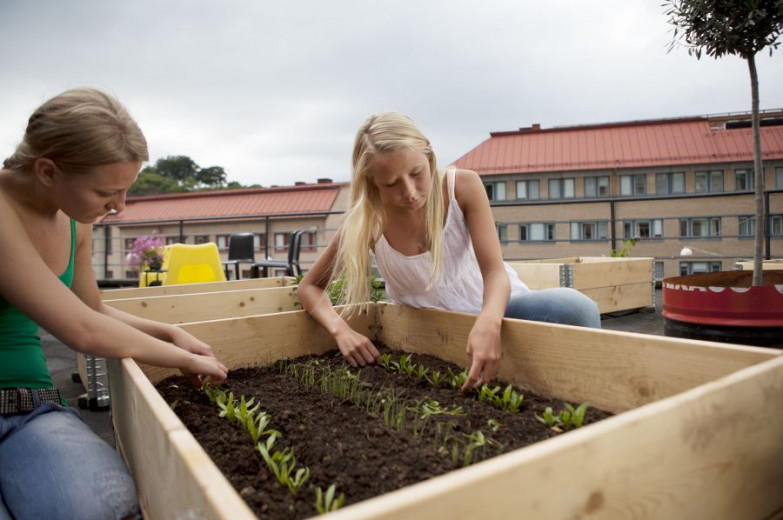
The concepts learned while gardening, like composting food scraps for fertilizer or using gathered rainwater, can show kids a deep respect and responsibility for taking care of our planet. Photo: Jf-GettyImages/GulliverFilm&Foto
Date: 9. March 2020
Time to read: 3 min

